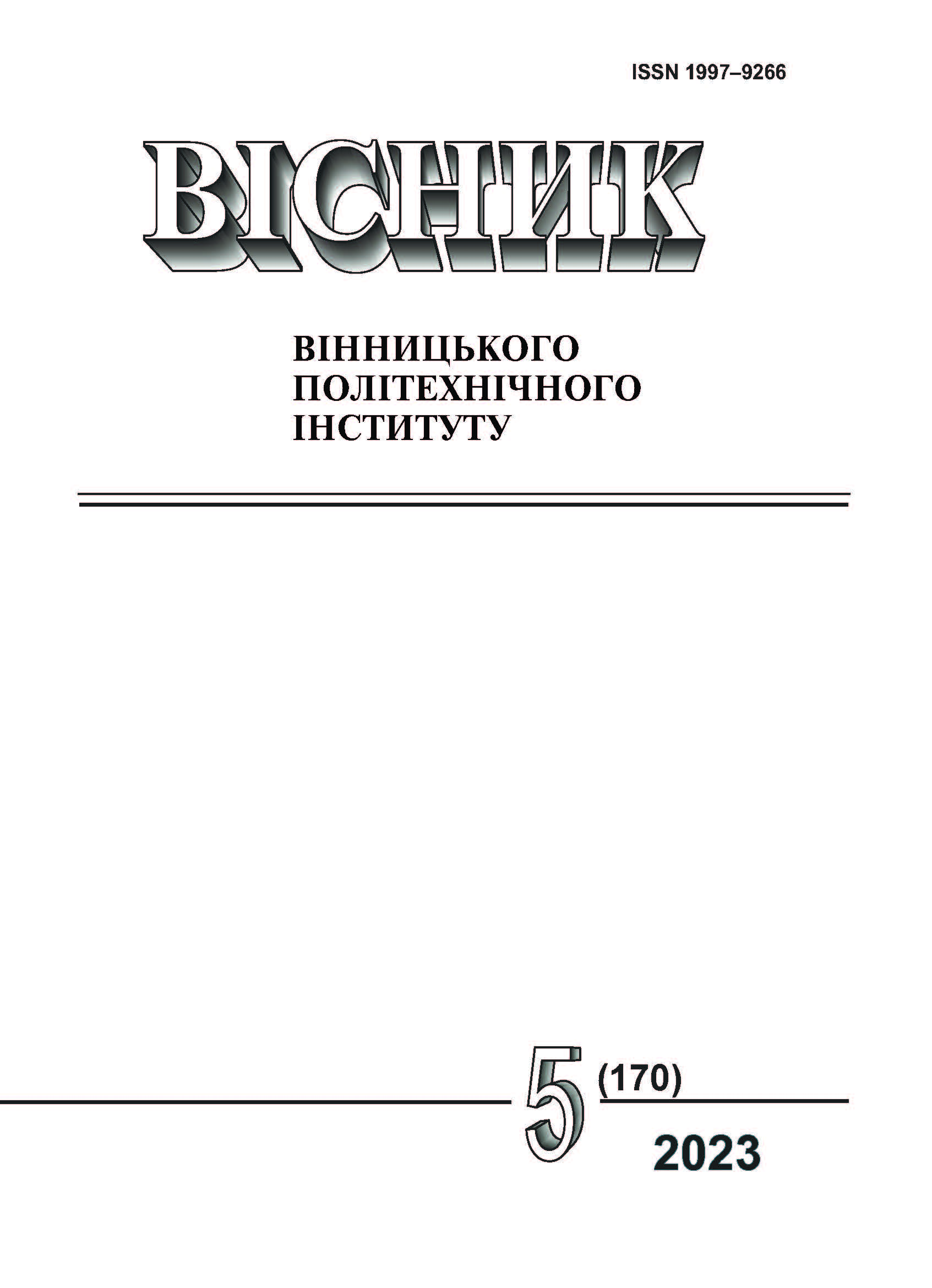Using of Public Sentiment Gradient Analysis in Data Forecasting System
DOI:
https://doi.org/10.31649/1997-9266-2023-170-5-60-66Keywords:
historical data, sentiment analysis, financial markets, sentiment gradient analysis, fundamental analysis, data forecasting systemAbstract
Data forecasting data in financial markets is a critical task in today’s world. The ability to predict the market movements helps the investors avoid obvious risks and reduce potential losses. Various trading platforms have been developed to provide quick access to vast volumes of historical data, allowing real-time market analysis from anywhere in the world using just a laptop or personal computer. These platforms enable the creation of unique strategies based on fundamental or technical analysis, which take into account news about the specific companies, their profits, capitalization, and dividend payments.
News about different companies helps potential investors identify various risks, including personnel, production, and, most commonly in modern times, reputation risks. Therefore, textual news analysis plays a crucial role in forming fundamental analysis, which is most effectively conducted using neural networks.
Sentimental analysis by means of neural networks is a powerful tool for the markets forecasting as it enables to analyze and understand deep sentiments and emotions of the consumers and investors , based on textual information , such as feedback, social media , news, etc.
Over the past decade, due to technological innovations and advances in neural networks, these networks have become instrumental in analyzing large datasets, including textual data. As each news piece about a company targeted by potential investors or traders carries emotional sentiment, such as positive or negative, this sentiment can be determined using specially trained neural networks. This enables making accurate predictions in financial markets and developing effective strategies. When combined with technical analysis, the development and investigation of such an approach to forecasting can yield precise results. Hence, scientific research in this field remains relevant.
This article substantiates the sentiment analysis approach for forecasting historical data in financial markets, describes similar approaches, and outlines their advantages and drawbacks. Solutions are provided for a data forecasting system using selected sentiment analysis methods.
References
Д. A. Ткачик, і Р. Н. Квєтний, «Розробка ефективних комбінацій моделей технічного аналізу для прогнозування ринку,» Матеріали XLIX Науково-технічної конференції ВНТУ, Вінниця, 27-28 квітня 2020 р., [Електронний ресурс]. Режим доступу: https://conferences.vntu.edu.ua/index.php/all-fksa/all-fksa-2020/paper/view/9600 .
L. Zhang, S. Wang, and B. Liu, “Deep learning for sentiment analysis,” A survey. Wiley Interdisciplinary Reviews: Data Mining and Knowledge Discovery, 8(4), e1253, 2018.
A review on sentiment analysis and emotion detection from text, 2021. [Electronic resource]. Available: https://www.ncbi.nlm.nih.gov/pmc/articles/PMC8402961/ .
R. Prabowo, and M. Thelwall, “Sentiment analysis: A combined approach,” Journal of Informetrics, no. 3(2), pp. 143-157, 2009.
F. Hamborg, and K. Donnay, “NewsMTSC: A Dataset for (Multi-)Target-dependent Sentiment Classification in Political News Articles,” Proceedings of the 16th Conference of the European Chapter of the Association for Computational Linguistics: Main Volume, Stroudsburg, PA, USA, 2021. [Online]. https://doi.org/10.18653/v1/2021.eacl-main.142 .
Stock Market Sentiment Analysis in 2023, 2022. [Electronic resource]. Available: https://research.aimultiple.com/sentiment-analysis-stock-market/ .
Types of Sentiment Analysis and How Brands Perform Them, 2020. [Electronic resource]. Available: https://www.analyticsinsight.net/types-of-sentiment-analysis-and-how-brands-perform-them/ .
B. Liang et al., “Aspect-based sentiment analysis via affective knowledge enhanced graph convolutional networks,” Knowledge-Based Systems, vol. 235, pp. 107643, 2022. [Electronic resource]. https://doi.org/10.1016/j.knosys.2021.107643 .
M. Birjali, M. Kasri, and A. Beni-Hssane, “A comprehensive survey on sentiment analysis: Approaches, challenges and trends,” Knowledge-Based Systems, 226, 107134, 2021.
M. Wongkar, and A. Angdresey, “Sentiment analysis using Naive Bayes Algorithm of the data crawler,” IEEE Twitter. In 2019 Fourth International Conference on Informatics and Computing (ICIC), pp. 1-5, October, 2019.
VADER (Valence Aware Dictionary and sentiment Reasoner) Sentiment Analysis, 2022. [Electronic resource]. Available: https://medium.com/mlearning-ai/vader-valence-aware-dictionary-and-sentiment-reasoner-sentiment-analysis-28251536698 .
Downloads
-
PDF (Українська)
Downloads: 74
Published
How to Cite
Issue
Section
License

This work is licensed under a Creative Commons Attribution 4.0 International License.
Authors who publish with this journal agree to the following terms:
- Authors retain copyright and grant the journal right of first publication.
- Authors are able to enter into separate, additional contractual arrangements for the non-exclusive distribution of the journal's published version of the work (e.g., post it to an institutional repository or publish it in a book), with an acknowledgment of its initial publication in this journal.
- Authors are permitted and encouraged to post their work online (e.g., in institutional repositories or on their website) prior to and during the submission process, as it can lead to productive exchanges, as well as earlier and greater citation of published work (See The Effect of Open Access).





